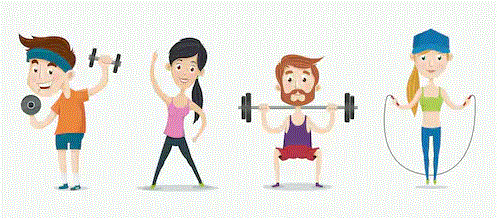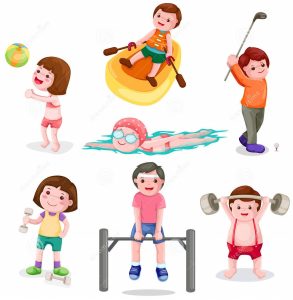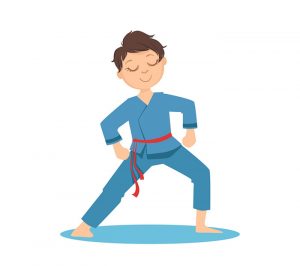Exercise for cardiovascular improvement
Physical activity simply means movement of the body that uses energy.
Walking, gardening, briskly pushing a baby stroller, climbing the stairs, playing soccer, or dancing the night away are all good examples of being active.
For health benefits and safety, physical activity should be moderate intensity and thus to prevent the possibility of Cardio Vascular Disease (CVD). Light and moderate physical activities include


- Walking briskly (about 3½ miles per hour)
- Bicycling (less than 10 miles per hour)
- General gardening (raking, trimming shrubs)
- Dancing
- Golf (walking and carrying clubs)
- Water aerobics
- Canoeing
- Tennis (doubles)
You can choose light or moderate intensity activities, or a mix of both each week. These activities can be considered light or moderate in intensity, while they make you breathe harder and your heart beat faster.
Worldwide, efforts to reduce Cardio Vascular Disease (CVD) are incomplete, the states should initiate a CVD programs that focus on education, policies, and lifestyle changes. To ensure that these changes occurs in a long-term and safe manner, health care professionals (physicians, qualified exercise-training staff, and others) must assume leadership to set an “good” example for every citizen. Furthermore, following recommendation and planning steps will help to decline mortality and morbidity rate of disease. In this effort, the vision of Exercise is Medicine (EIM) is to make physical fitness (with right dose) assessment and promotion a standard in clinical care, connecting health care with evidence-based physical fitness resources for all people. EIM encourages physicians to include physical fitness (strength, endurance, flexibility, etc.) when designing treatment plans and to refer patients to evidence-based exercise programs and qualified exercise professionals.
Tai Chi Exercise programs
Stress and a sedentary lifestyle are major determinants of cardiovascular disease (CVD). As tai chi involves exercise and can help in stress reduction, it may be effective in the primary prevention of CVD (Hartlay 2014).

A mind-body exercise with roots in Ancient Chinese wisdom and traditions based on the Traditional Chinese medicine, martial arts and philosophy.
“TaiChi training integrates slow, intentional movements with breathing and cognitive skills (for example mindfulness and imagery). It aims to strengthen, relax and integrate the physical body and mind, enhance the natural flow of Qi, and improve health, personal development, and self-defense.”
(Wayne Peter, The Harvard Medical School Guide to Tai Chi, Shambala Publications, 2013 by Harvard Health Publications)
The variety of Tai Chi (‘ Tai Chi is a journey to a balanced system – it cannot be accomplished overnight’) includes :
- Internal martial art
- Relaxation exercise
- Breathing exercise
- Enhancement of creativity and art expression
- Therapeutic application
- Holistic and alternative exercise
- Mild self-defense applications
During Tai Chi training the combination of movements leads to a coordination and integration of the upper halves with the lower parts of the body, the left with the right halves of the body and the external expressions with the inside or the core.
6 reasons to exercise with Tai Chi:
- Improves elasticity and mobility
- Improves balance
- Muscular efficiency
- Improves cardio health
- Its a treatment of Stress and depression
- Enhancement of mindfulness and concentration
Emi Chatzipanagioti, TAI CHI instructor
Water exercising for cardiovascular improvement
Working out is more fun when you’re splashing around in a pool or in a sea. Aquatic exercises can burn fat because the water is one of the best fitness tools there is.
In order to follow a 30 min water exercise program for cardio fitness you have to :
Select 3 exercises of our list (they are gradually posted).
Execute 5 times each, for 2 min, with 30 sec rest in between.
Gradually you can increase your exercise duration including more number of exercises.
WATCH OUT ! this video demonstate the wrong way to water running !
Erasmus+
“This project has been funded with support from the European Commission. This publication reflects the views only of the author, and the Commission cannot be held responsible for any use which may be made of the information contained therein.”
